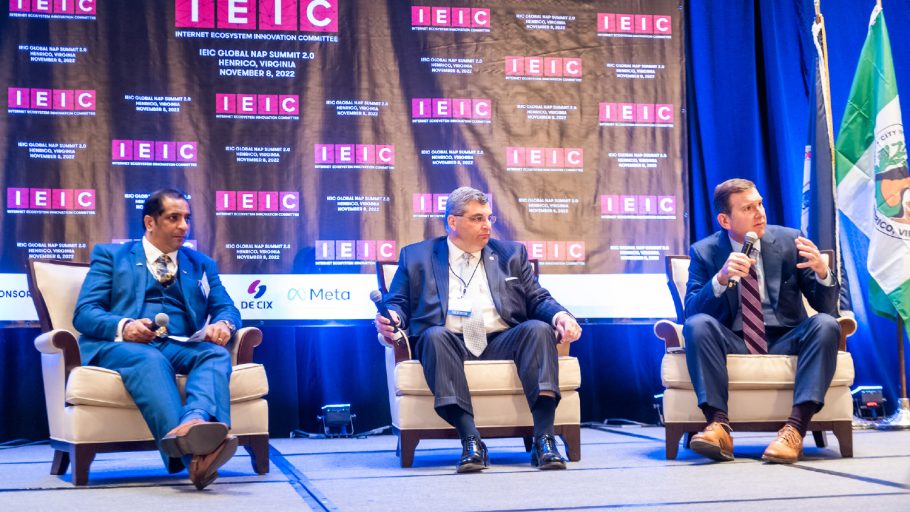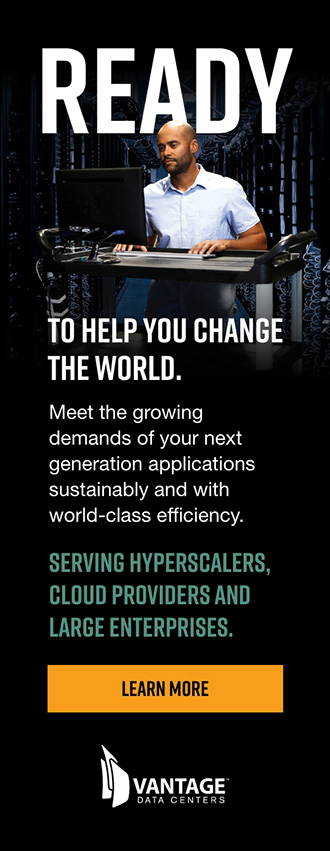Evolving Financing Landscape
Digital infrastructure’s compound annual growth rate (CAGR) is running above ten percent. Hyperscalers need to grow their own digital capacity, and they are investing billions to create it. Likewise, the passage of the Infrastructure and Investment Jobs Act in the US brings with it billions in new investments for things like improving cybersecurity defenses, enhancing government digital services, expanding broadband and closing the digital divide, and much more. 700 million USD is being directed to Virginia alone for expanded broadband.
In speaking of this investment, Jason El Koubi, President and CEO of the Virginia Economic Development Partnership, said, “It’s been an incredible success story, not just because of the innovation and the overall environment, but also the partnerships that exist to nurture the development of this infrastructure and this industry and keep it growing for decades to come.”
Anthony Romanello, Executive Director of the Henrico Economic Development Authority, added, “If you’re doing cross-Atlantic activity—if you’re connecting to Europe, Africa, South America, and to Asia—you’re going to come through Henrico.”
Attracting New Talent
One of the topics that continued to surface in the panel discussions was the need to attract the next generation of leaders in the digital infrastructure industry. More awareness and educational opportunities are needed, including a more trans-disciplinary approach to curricula and more real-world experience opportunities. Several students from Deep Run High School in Henrico were in attendance at the event. These students will become the leaders of tomorrow. “Education is the most important thing that we can do—the most important service that we can foster,” affirmed John Vithoulkas, County Manager of Henrico, in his opening address.
Caren Merrick, Secretary of Commerce and Trade for the Commonwealth of Virginia, also spoke to educational needs. “While there’s still a big need for more traditional STEM jobs like software developers, data scientists, and engineers, every business still needs people in other departments, like communications, operations, HR, and customer service.
Coming of Age of Digital Infrastructure Industry
The early development of our industry was very siloed, and independent efforts defined the categories (e.g. subsea cables, data centers, and terrestrial networks). Today, these players and investments are coming together. “It’s not about the buildings, data centers, access to sustainable power source, terrestrial networks, etc.; It’s about all of these things crafted together,” said Nigel Bayliff, CEO of Aqua Comms.
Zaid Kahn, General Manager of Cloud, AI, and Advanced Systems at Microsoft, expanded on this point: “Software and hardware are becoming incompatible because software is moving so fast, and infrastructure is moving slower.” We need to find ways to interconnect all parts of the process and capitalize on data, particularly in terms of new technology accessibility. Vint Cerf, Chief Internet Evangelist, Google focused on the core property that makes the Internet the Internet. “Connectivity is everything. In the early design of the Internet, it was concluded that anything on the Internet should be able to interconnect with anything else, including all the networks and their edge devices: data centers, host computers, desktops, laptops, pads, smart phones and Internet of Things devices. That is still the essential property of the Internet today in the 21st Century.:”
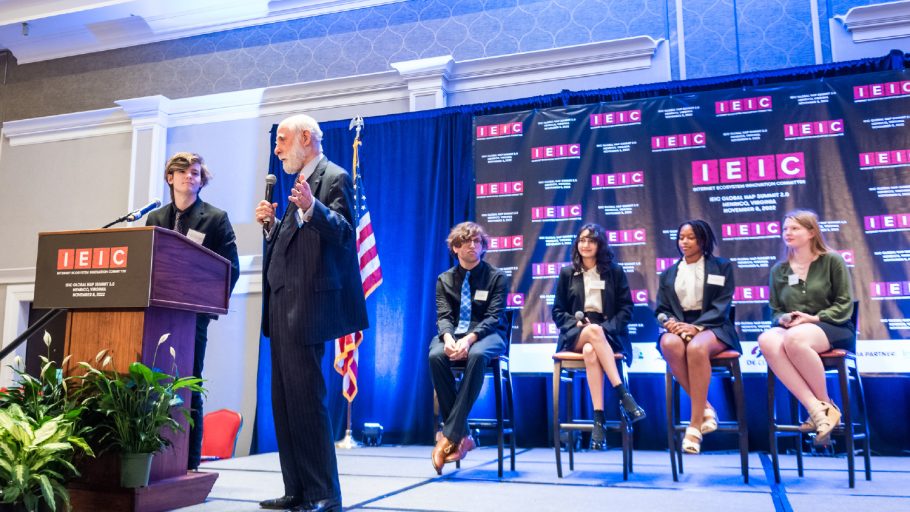
Seated (L-R): Talaal Maxood, Ximena Gomez De Dios, Crystal McEnhimer, Maggie O’Leary
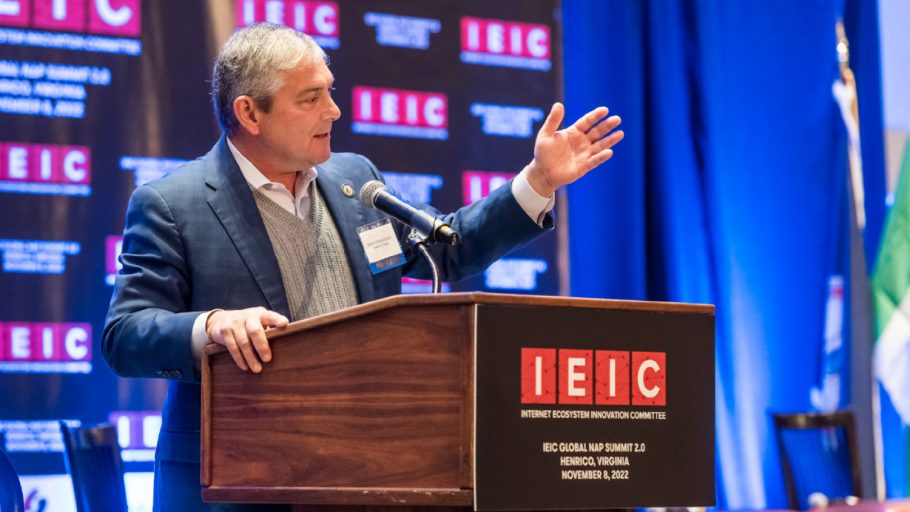

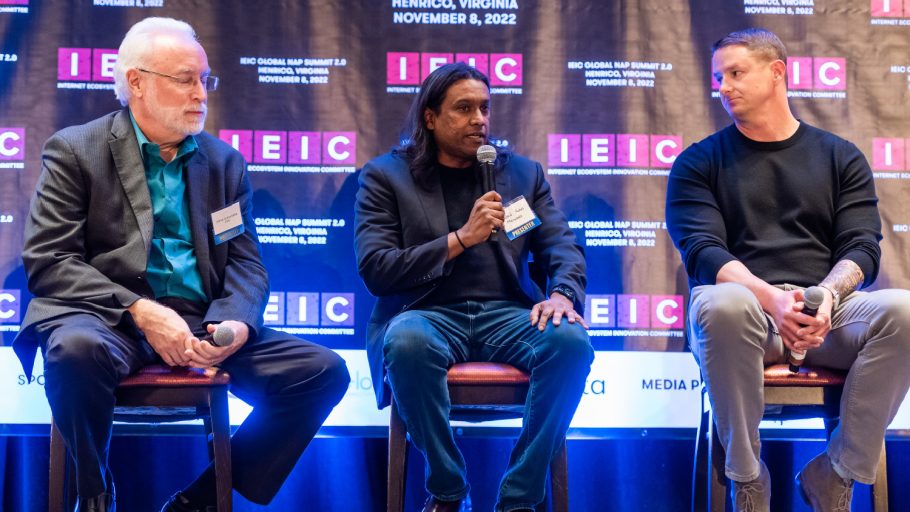
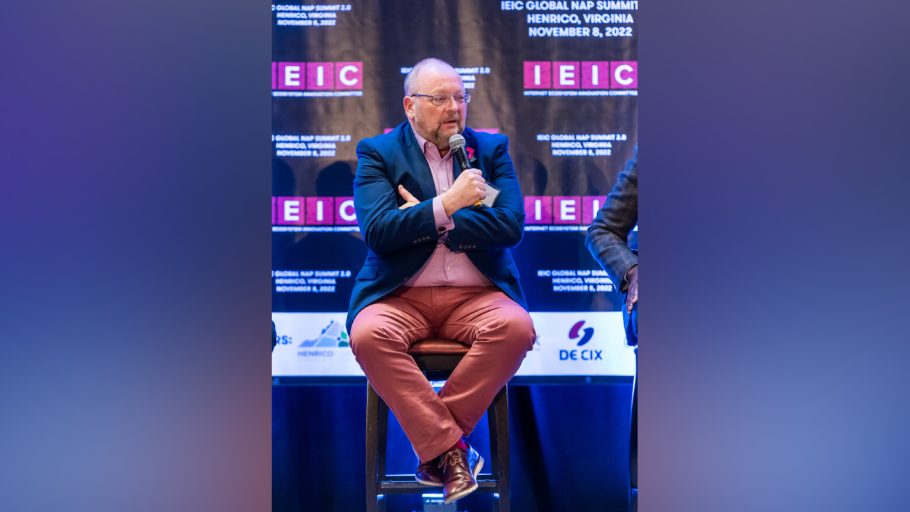
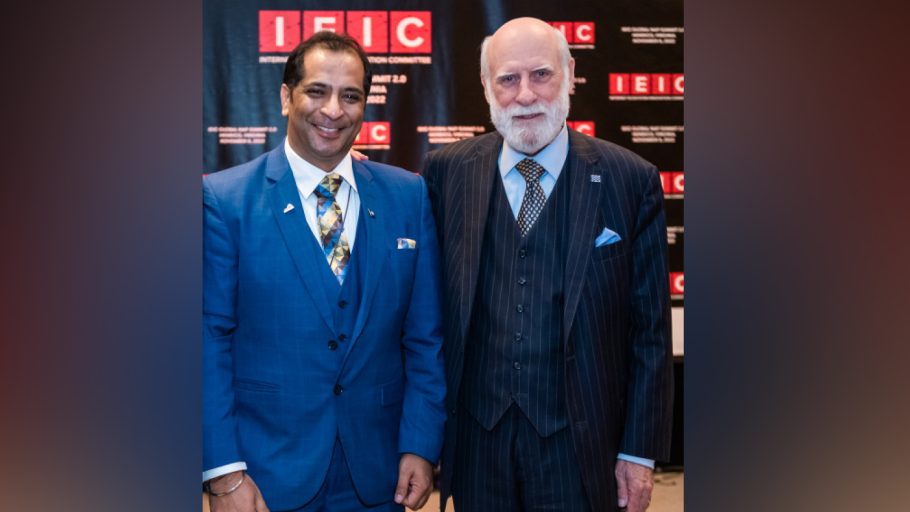
ABOUT THE AUTHOR
Dr. Vinton G. Cerf is Vice President and Chief Internet Evangelist for Google. Widely known as one of the “Fathers of the Internet,” Cerf is the co-designer of the TCP/IP protocols and the architecture of the Internet. For his pioneering work in this field as well as for his inspired leadership, Cerf received the A.M. Turning Award, the highest honor in computer science, in 2004.
At Google, Cerf is responsible for identifying new enabling technologies to support the development of advanced, Internet-based products and services. Cerf is also Chairman of the Internet Ecosystem Innovation Committee (IEIC), which is an independent committee that promotes Internet diversity forming global Internet nexus points, and one of global industry leaders honored in the inaugural InterGlobix Magazine Titans List.
Cerf is former Senior Vice President of Technology Strategy for MCI Communications Corporation, where he was responsible for guiding corporate strategy development from the technical perspective. Previously, Cerf served as MCI’s Senior Vice President of Architecture and Technology, where he led a team of architects and engineers to design advanced networking frameworks, including Internet-based solutions for delivering a combination of data, information, voice, and video services for business and consumer use. He also previously served as Chairman of the Internet Corporation for Assigned Names and Numbers (ICANN), the group that oversees the Internet’s growth and expansion, and Founding President of the Internet Society.
Vinay Nagpal has been leading the development of digital infrastructure solutions on a global scale for over 28 years. As the president of InterGlobix and a former executive with Digital Realty, DuPont Fabros Technology, TATA Communications, Verizon Business, UUNET, CanWest Global Communications, and Intrinsyc Software, he has led global initiatives focused on the convergence of data centers, subsea fiber, and terrestrial fiber.
Nagpal is part of leadership and advisory teams for the Internet Ecosystem Innovation Committee (IEIC), the QTS Richmond NAP, Northern Virginia Technology Council (NVTC), Total Telecom Submarine Networks EMEA, DE-CIX, RTI Cables, SMU M.S. in Datacenter Systems Engineering, SubOptic, PTC and previously GPX India, LINX NoVA, and the Open-IX Association.


